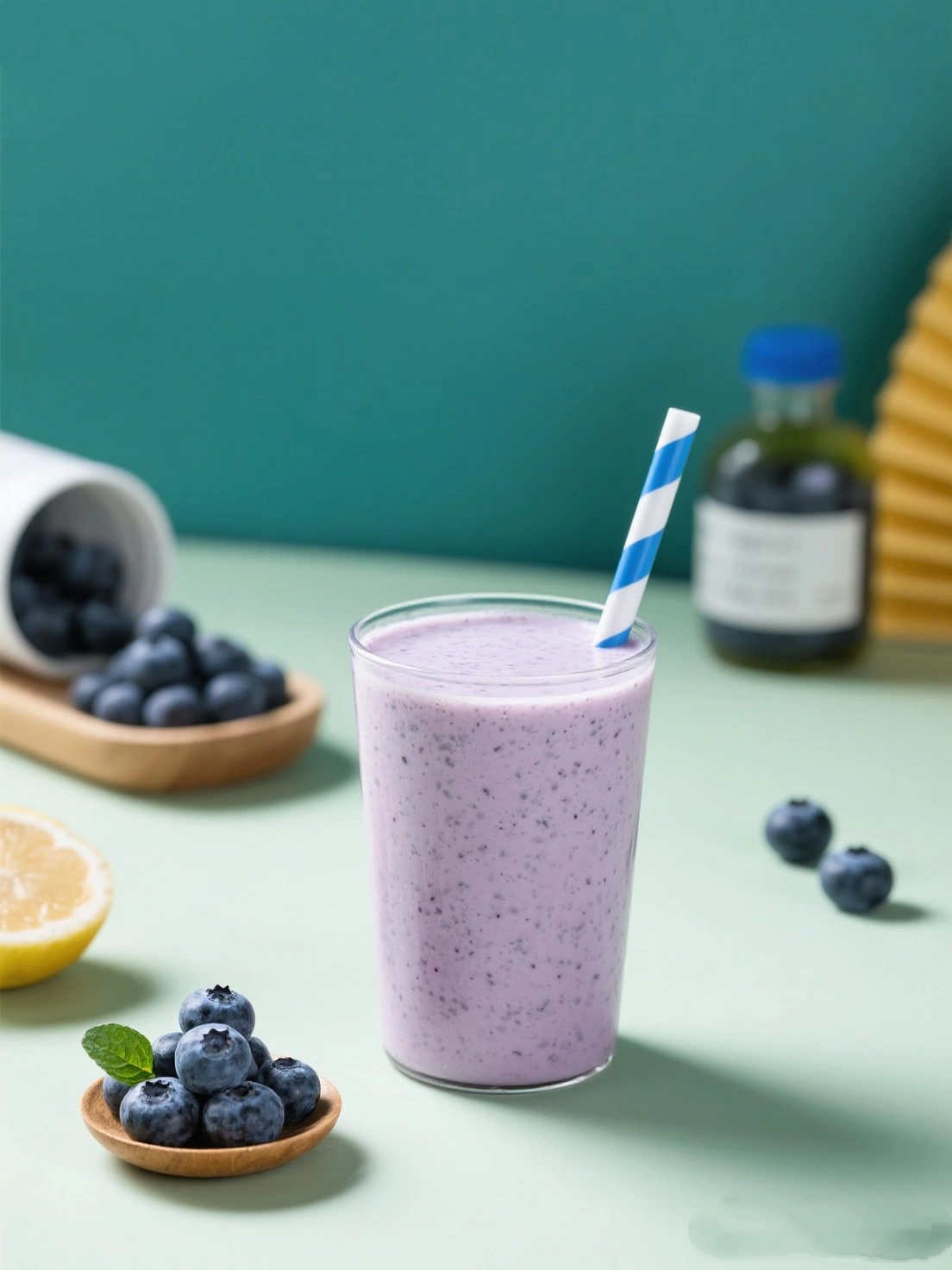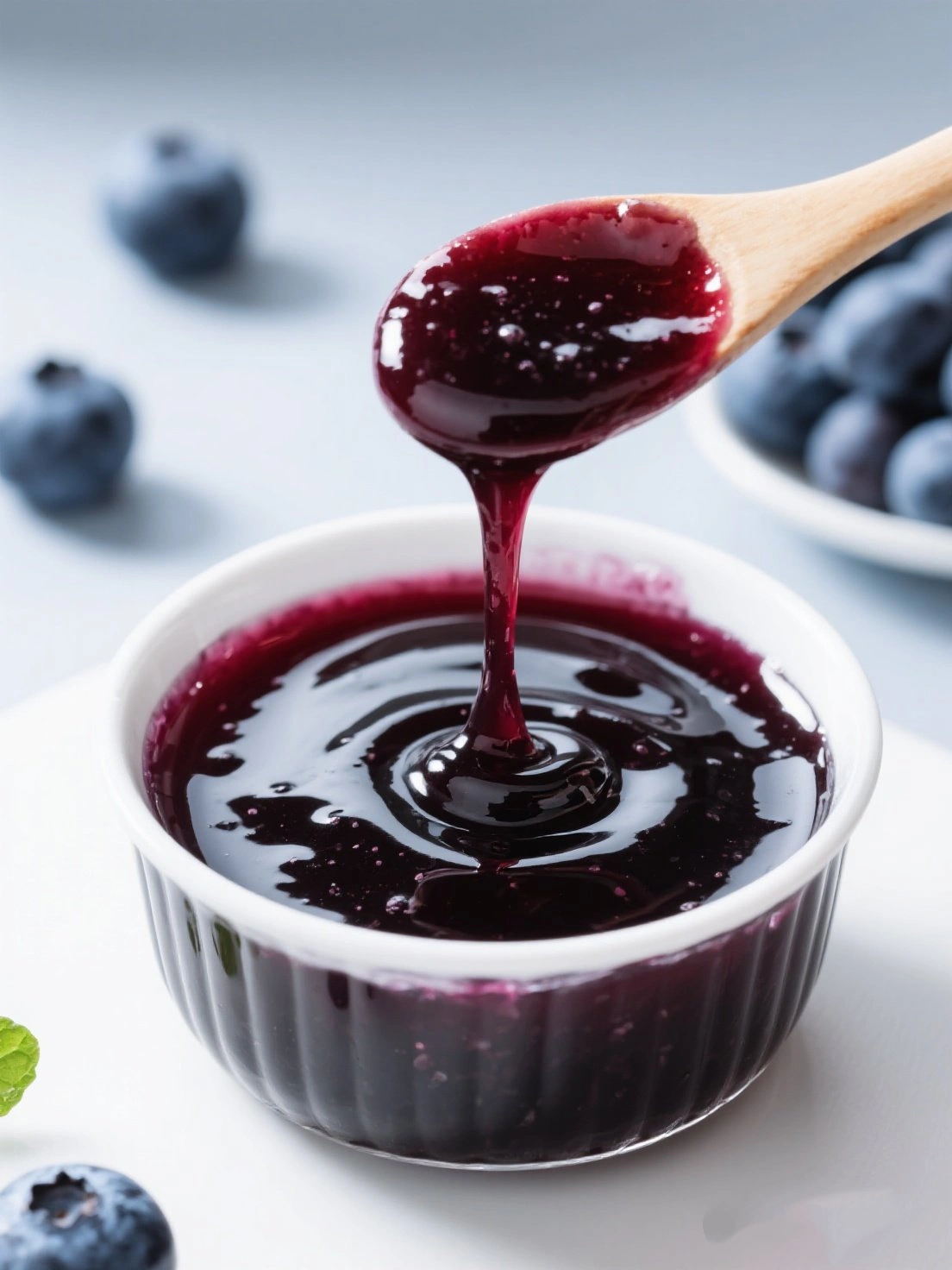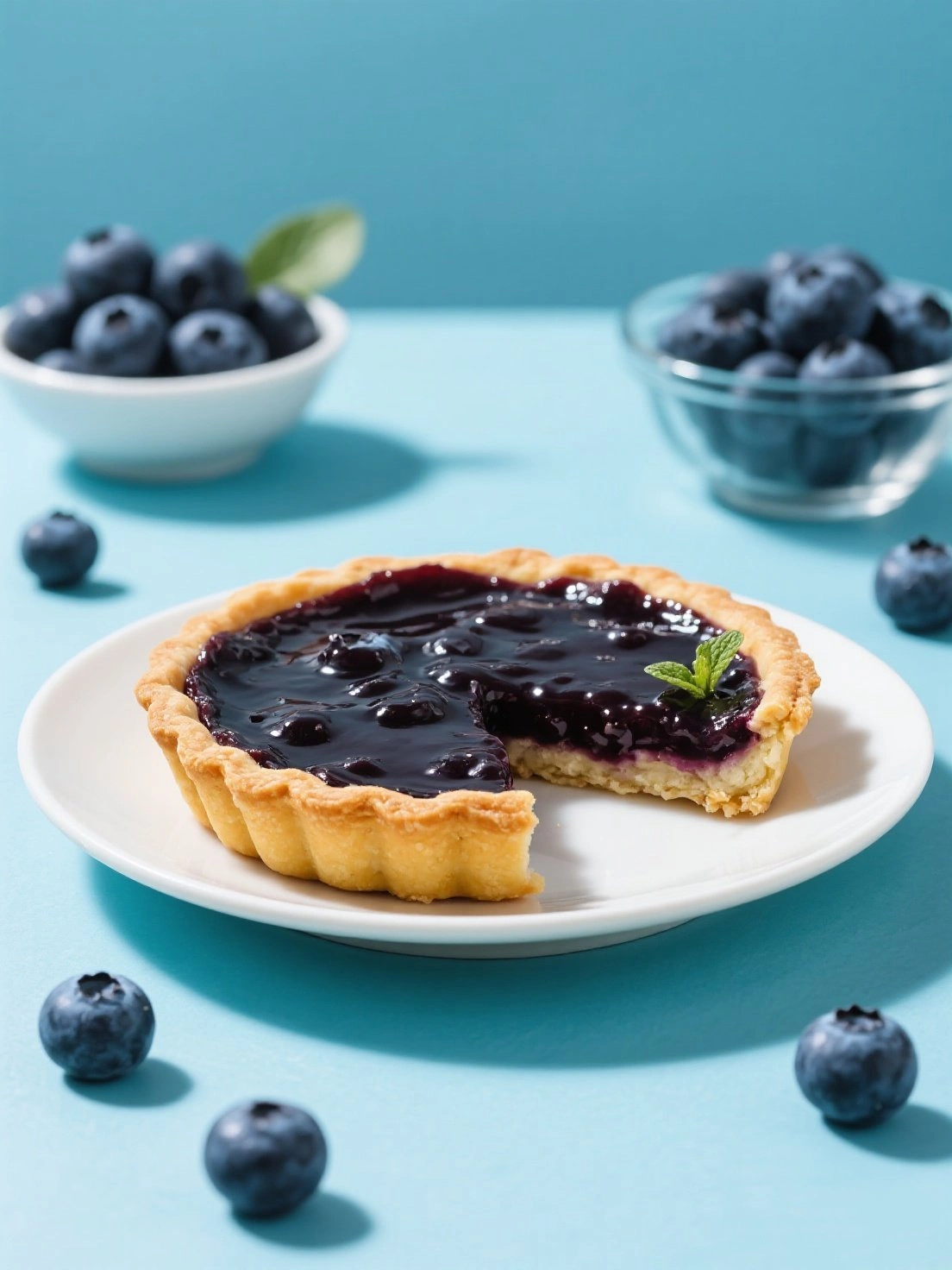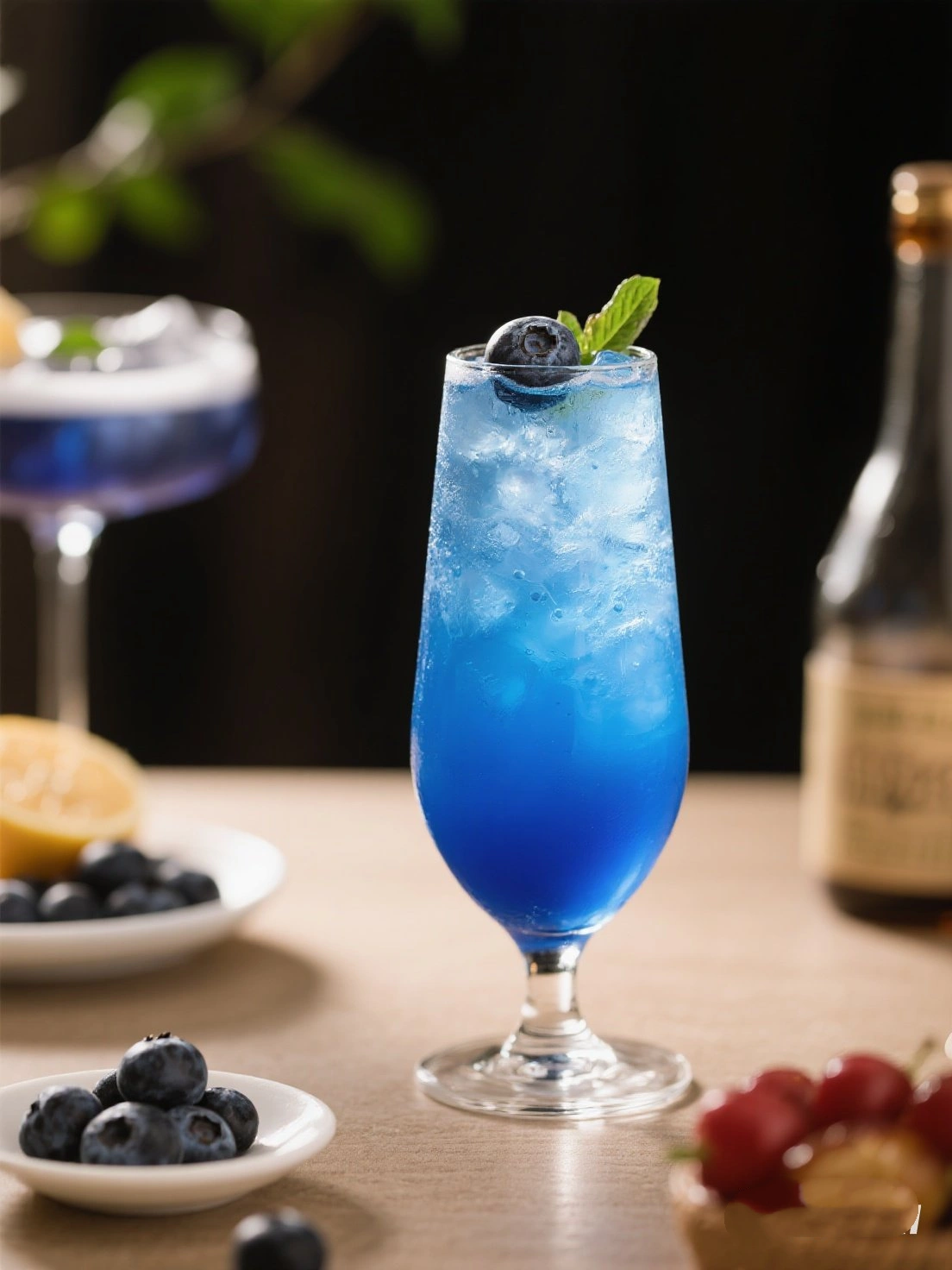Nutritional Value and Health Benefits of Lonicera edulis
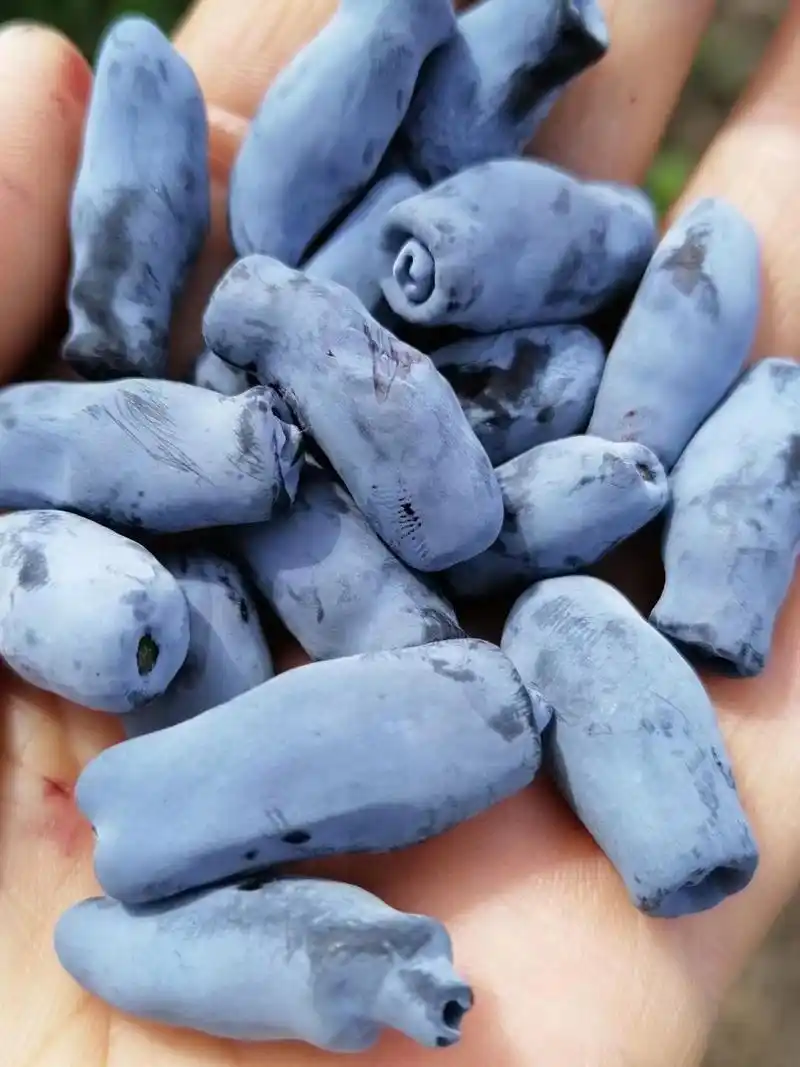
Lonicera edulis (per 100g fresh berries)
- Antioxidants: 3x more than blueberries (highest among berries)
- Vitamin C: 60mg (100% DV) - boosts immunity
- Anthocyanins: 1400mg - powerful anti-inflammatory
- Fiber: 7g (28% DV) - supports digestion
- Potassium: 200mg (6% DV) - regulates blood pressure
- Calories: Only 50 calories per 100g
Health Benefits
- ✔ Heart Health: Lowers blood pressure and improves circulation
- ✔ Anti-Cancer: High antioxidant content may prevent cell damage
- ✔ Vision Protection: Rich in compounds that support eye health
- ✔ Anti-Aging: Slows cellular aging with potent antioxidants
- ✔ Brain Function: May improve memory and cognitive performance
Fun Fact: Lonicera edulis can survive temperatures as low as -47°C (-53°F), making it one of the hardiest fruit plants!
Lonicera edulis Cultivation and Harvest
Growing Conditions
- Climate: Thrives in cold climates (USDA zones 2-7)
- Soil: Well-drained, slightly acidic soil (pH 5-7)
- Sunlight: Full sun to partial shade
- Water: Regular watering, drought-tolerant once established
Planting
- Propagation: From cuttings or purchased plants
- Spacing: 1.5m apart for bushes
- Pollination: Need 2 different varieties for best fruiting
- Time to Fruit: 2-3 years after planting
Harvesting
- Season: Early summer (2-3 weeks before strawberries)
- Method: Hand pick when berries turn deep blue
- Yield: 3-5kg per mature bush
- Frequency: Once yearly (June-July depending on climate)
Storage & Preservation
- Fresh: Refrigerate for up to 1 week
- Freezing: Spread on tray then bag (lasts 1 year)
- Drying: Dehydrate at 60°C for 12 hours
- Processing: Excellent for jams, juices, and wines
Traditional Uses
- Russian Medicine: Used for cardiovascular health
- Japanese Folk Remedy: Treatment for liver disorders
- Siberian Tribes: Winter vitamin C source
- Chinese Medicine: Believed to improve eyesight
Modern Applications
- Functional Foods: Added to health bars and supplements
- Natural Colorant: Intense blue-purple food coloring
- Cosmeceuticals: In anti-aging skincare products
- Sports Nutrition: For post-workout recovery
Pro Tip: Berries taste best when fully ripe - wait until they easily fall into your hand when gently shaken.
Summary: Cold-hardy growth → Proper planting → Early harvest → Versatile storage → Traditional remedies → Modern superfood uses!
Discovering Blue Honeysuckle
See how this remarkable superberry is grown and harvested in cold climates!
Delicious Blue Honeysuckle Creations
Explore these wonderful ways to enjoy blue honeysuckle berries from around the world.
Click on the images for recipes featuring this nutritious superberry!
Blue Honeysuckle Recipe Tutorials
Learn to create delicious and healthy dishes with these easy video guides.

